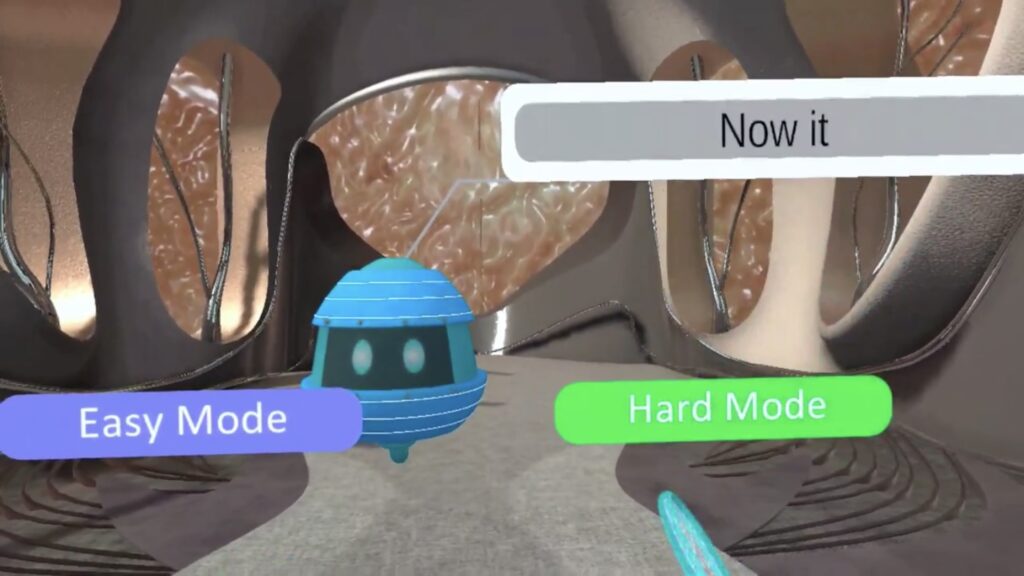

At XReady Lab, our goal is to design immersive VR simulations that transform STEM learning in secondary school classrooms. But as we develop these virtual reality education tools, we often find ourselves facing a significant dilemma: Who is our true end user — the students or the teachers?
At first glance, it might seem obvious that students are the primary beneficiaries. After all, they are the ones conducting virtual experiments in a STEM lab, exploring virtual reality worlds, and actively engaging in the learning process.
However, teachers are the key facilitators who bring these simulations to life. They not only guide students through the content but also integrate the VR learning platform into their existing curriculum. This dual responsibility makes teachers a crucial audience in the design process as well.
The challenge lies in striking the right balance. If the VR classroom content is too complex, students might love it, but teachers could struggle to manage the class, especially when handling large groups. On the other hand, simplifying the content too much risks disengaging students, leading to boredom and reducing the interactive learning experience.
At XReady Lab, we know that finding this balance is essential for creating effective VR in education tools. Our development team consists of two core groups:
Our goal is to create VR simulations that are not just fun but also easy for teachers to manage. This allows for interactive classroom activities without adding extra challenges to the teacher’s workload.
For VR to become a staple in the modern classroom, it has to meet the needs of both students and teachers. Overly complicated simulations may be overwhelming for teachers who have limited experience with technology. This is why teacher-friendly VR solutions are critical for long-term adoption in schools.

For example, in one of our VR simulations on gas exchange, students engage in detailed, immersive learning. However, the plot tree is designed in such a way that teachers can still control and oversee the class effectively, ensuring that everyone benefits from the experience.
Curious to see how our VR education services can fit into your classroom? Request a free demo today and discover how our solutions can transform both student engagement and teacher facilitation.
Frequently Asked
We prodive VR biology, VR physics, and VR chemistry simulations. Please, check our catalog.
Please, fill the form to get demo labs for free.
Please contact our customer support service at support@xreadylab.com or book a call with the team to find out the conditions and book the VR class set up at your school.
Subscription to XReady Lab interactive VR labs. If you are a school, then you are also given access to the VR classroom system. VR class system helps you easily launch VR lessons for a large number of students, follow the experience of each student, as well as customise the content without developers.
We adhere to the world’s generally accepted recommendations and research. Our products are suitable for children from 12 years old.